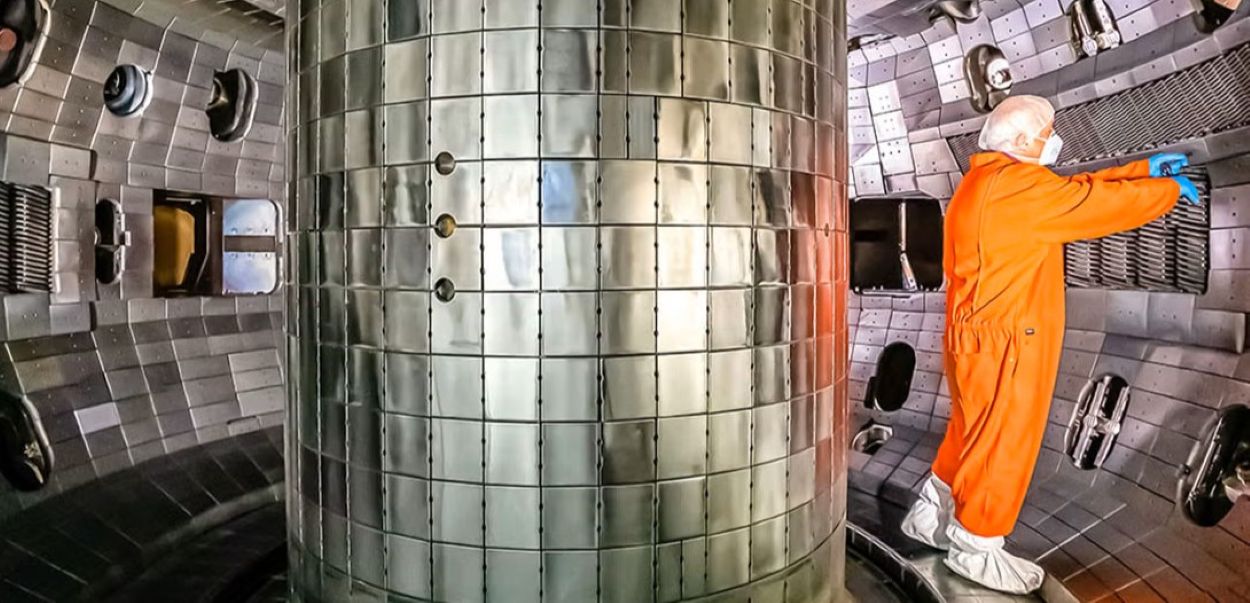German researchers at the Wendelstein 7-X stellarator in Greifswald set a new nuclear fusion record 2025, sustaining a fusion reaction for 43 seconds, a significant milestone toward limitless, clean energy, as reported by LiveScience. This Wendelstein 7-X breakthrough brings nuclear fusion, often called the “holy grail” of energy, closer to practical use.
The Wendelstein 7-X, a stellarator with powerful magnets, achieved a plasma temperature of 30 million degrees Celsius using low-density hydrogen plasma. This surpassed 20 million degrees Celsius for 43 seconds. The experiment also set a record for the triple product, which combines plasma density, temperature, and confinement time into a key performance metric. Thomas Klinger, the Head of Operations, described this accomplishment as a “tremendous achievement” that matches the performance levels of tokamaks.
Alongside artificial intelligence and robotics, I see fusion energy as the third major transformative force.
And it's amazing how quickly progress is being made here.
German scientists at the Wendelstein 7-X stellarator just broke a fusion record: sustaining 59 megajoules of… pic.twitter.com/pAapTosOCa
— Chubby♨️ (@kimmonismus) June 6, 2025Significance of Nuclear Fusion
Unlike nuclear fission, which splits atoms and risks accidents, fusion merges nuclei, mimicking the Sun’s energy production with no greenhouse gases or high-risk waste, per The Guardian.
According to BBC News, the clean energy fusion goal has eluded scientists due to the challenge of sustaining temperatures of 100 million degrees Celsius while producing more energy than consumed. As per the New Scientist, this stellarator fusion advance outperforms previous records set by Japan’s JT60U and Europe’s JET.
Scientific American reported that China’s EAST reactor held plasma for 1,000 seconds in 2024, but Wendelstein’s triple product milestone marks a leap in efficiency. The breakthrough fuels hope for fusion-powered grids and space exploration. However, per the MIT Technology Review, commercial fusion remains decades away.
The nuclear fusion record in 2025, with the Wendelstein 7-X breakthrough, signals a promising step toward clean energy fusion. The stellarator fusion success and triple product milestone position fusion as a viable solution to the energy crisis, drawing global attention to sustainable innovation in 2025.






